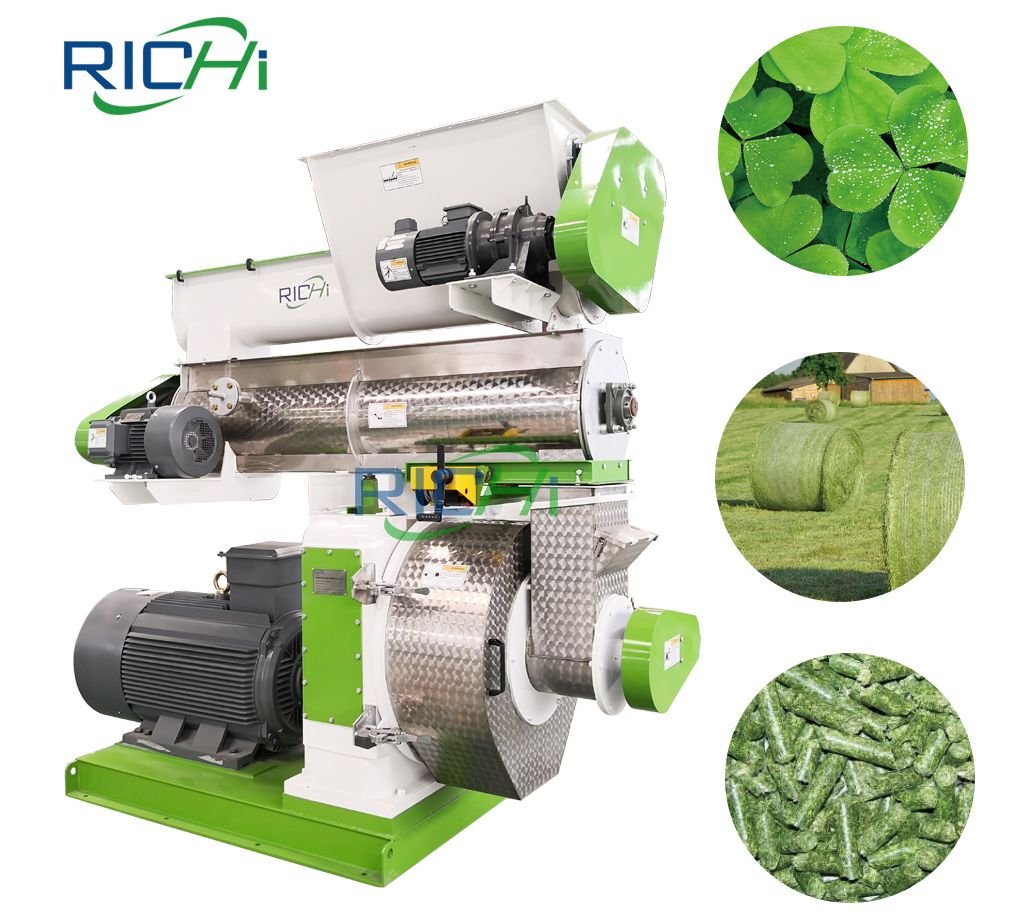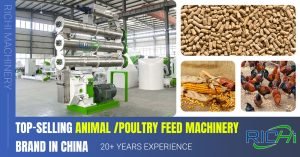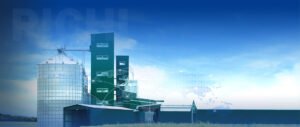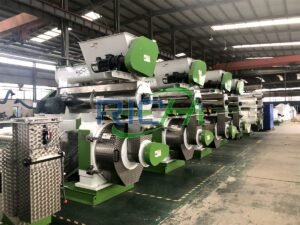Alfalfa pellet making machines are essential for converting alfalfa, a nutrient-rich forage crop, into pellets that can be used as animal feed or biomass fuel. Understanding the main cost components of these machines is crucial for anyone looking to invest in this technology. This article breaks down the primary cost factors associated with alfalfa pellet making machines.
- Initial Purchase Price
The initial purchase price of an alfalfa pellet making machine is one of the most significant cost components. The price can vary widely depending on the machine’s capacity, features, and brand.
- Price Range: Typically, the cost of alfalfa pellet machines ranges from $10,000 to $100,000.
- Factors Influencing Price: Machine capacity (e.g., 0.6-10 tons per hour), power requirements (e.g., 37-280 kW), and additional features such as automation and integrated systems.
- Raw Material Costs
The cost of raw materials is another critical factor. While alfalfa is often grown on-site by farmers, there are still costs associated with harvesting, drying, and transporting the raw material to the pellet mill.
- Harvesting Costs: Includes labor, fuel, and equipment maintenance.
- Drying Costs: Alfalfa must be dried to a moisture content of about 15% before pelletizing, which may require additional equipment like rotary dryers.
- Transportation Costs: Moving alfalfa from the field to the pellet mill can incur costs, especially if the distances are significant.
- Energy Consumption
Energy consumption is a major operational cost for alfalfa pellet making machines. The machines require substantial power to operate, which can be a significant expense over time.
- Electricity Costs: The power consumption of alfalfa pellet machines can range from 37 kW to 280 kW, depending on the model and capacity.
- Energy Efficiency: More efficient machines may have higher upfront costs but can save money in the long run through reduced energy consumption.
- Labor Costs
Operating an alfalfa pellet making machine requires skilled labor, which can add to the overall cost.
- Operator Salaries: Skilled operators are needed to manage the pelletizing process, perform maintenance, and ensure quality control.
- Training Costs: Initial and ongoing training for operators to ensure they are proficient in using the equipment and maintaining optimal production efficiency.
- Maintenance and Spare Parts
Regular maintenance is essential to keep the pellet machine running smoothly and to extend its lifespan.
- Routine Maintenance: Includes regular inspections, lubrication, and minor repairs.
- Spare Parts: Components such as dies, rollers, and bearings will wear out over time and need to be replaced. The cost of spare parts can vary depending on the machine’s make and model.
- Depreciation
Depreciation is an accounting cost that reflects the wear and tear of the machine over time. It is important to factor in depreciation when calculating the total cost of ownership.
- Depreciation Rate: Typically, industrial machinery depreciates over a period of 5-10 years, depending on usage and maintenance.
- Impact on Financials: Depreciation affects the company’s financial statements and tax calculations.
- Auxiliary Equipment Costs
In addition to the pellet making machine itself, several auxiliary pieces of equipment are often required to complete the pellet production process.
- Bale Breaker: Used to break down large bales of alfalfa into smaller pieces for easier processing.
- Crusher/Grinder: Reduces the size of the alfalfa particles to ensure uniform pelletization.
- Dryer: Ensures the alfalfa has the correct moisture content before pelletizing.
- Mixer: Blends alfalfa with other ingredients if producing mixed pellets.
- Cooler: Cools the pellets after they are formed to prevent them from sticking together and to ensure they are ready for storage.
- Packaging Machine: Automates the process of packing pellets into bags for storage and transportation.
- Installation and Setup Costs
Setting up an alfalfa pellet making machine involves several steps, each of which can incur costs.
- Site Preparation: Preparing the site for installation, including any necessary construction or modifications.
- Installation: Professional installation services to ensure the machine is set up correctly and safely.
- Commissioning: Initial testing and calibration to ensure the machine operates at optimal efficiency.
- Regulatory Compliance
Compliance with local regulations and standards can also add to the cost.
- Environmental Regulations: Ensuring the machine meets emissions standards and other environmental regulations.
- Safety Standards: Compliance with occupational health and safety standards to protect workers.
Conclusion
The cost components of an alfalfa pellet making machine are multifaceted, encompassing initial purchase price, raw material costs, energy consumption, labor, maintenance, depreciation, auxiliary equipment, installation, and regulatory compliance. Understanding these costs is essential for making an informed investment decision and for accurately calculating the total cost of ownership.
By carefully considering each of these factors, businesses can optimize their operations, reduce costs, and maximize the return on investment from their alfalfa pellet making machine. As technology continues to advance, more efficient and cost-effective machines are likely to become available, further enhancing the economic viability of alfalfa pellet production.
Related post: Alfalfa Pellet Production Line



